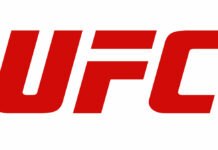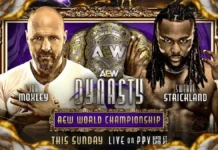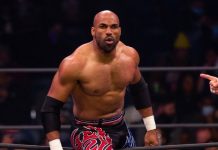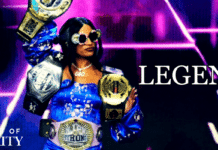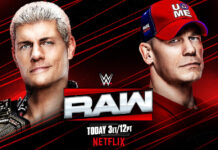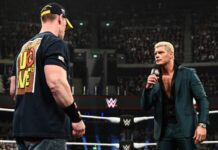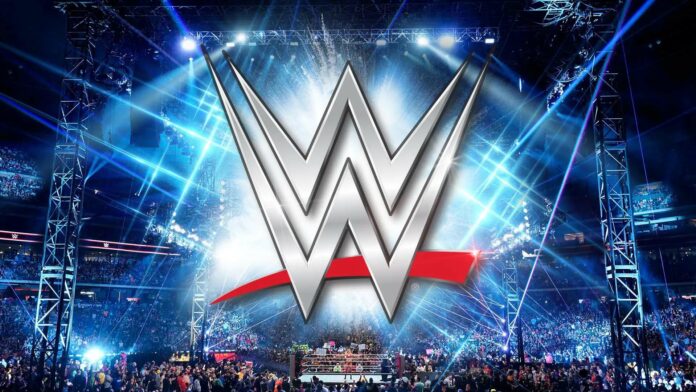
The WWE brand split has never worked.
In the post-WCW landscape, Vince McMahon took swift action with his new acquisition of the Turner organization and made sure that the legitimate dream match scenario for a true Super Bowl of wrestling was reduced to a one-sided angle that went about six months before the competition was completely beaten into powder in 2001. At the time, the office had a genuinely puzzling situation, how could they showcase the dozens of new faces to WWE television after the purchase of WCW and the collapse of ECW? In theory, a brand spit in 2002, the time period when the concept was first attempted, made sense because instead of Steve Austin or The Rock being used for multiple segments a week on both Raw and Smackdown, the brand extension put The Rock’s TV time on Smackdown, which allowed space for newer talent to be showcased on Raw.
However, it was a concept that made sense in theory, but failed in application.
The reasons for that are numerous, but the biggest reason is rather easy to cite. By nature, pro wrestling is simple. The genre, much like the dynamics of society, is based on human nature and thus the conflicts from it. The real world has good guys and bad guys, and they clash in pursuit of money, fame, or a personal grudge. The two wrestlers have a conflict and will settle it in the ring. It might sound simplistic, but when you peel away the layers of the sports entertainment onion, a presentation that dresses up the action with the over-the-top spectacle of pyro and state-of-the-art video production, the foundation of the industry is built on a simple narrative of conflict.
The concept of a brand extension is too convoluted to gel with those building blocks of the sport. Keep in mind, the WWE, which was just valued at $9.3 billion for the UFC merger, is marketed toward the general public since that attempts to draw from the biggest possible target audience. The purists might rightful scoff at it, but management often uses the lowest common denominator with the presentation of its product because the casual fan can still identify with that narrative. Part of the reason Braun Strowman was brought back to the company after he attempted to control his narrative is that he’s a big man that can move, and Vince built his territory on big guys as far back as the 80s.
A prime example of a fundamental aspect of the brand split goes against the grain of that simplistic approach is, a causal viewer might ask a diehard fan, “who’s the champion?” and then the regular viewer has to explain that there are technically two world champions. It’s not the biggest hurdle, but it’s enough for the general public to get the impression that the product might be too intricate for them to follow on a sporadic basis. Again, the casual fan doesn’t meticulously follow the details or necessarily make it a habit to tune in every week. If the NFL or the NBA had an important game, Raw is getting bumped from the line-up. Sure, there’s DVR, but you have to ask, when you take into account how much content from how many platforms are available to consumers, is the semi-regular viewer that didn’t have wrestling as a priority when it aired live really going to watch the episodes that are stock piled on their DVR? There’s a reason that most systems have 83 episodes of Diners, Drive-ins, and Dives or 45 editions of Pawn Stars that viewers didn’t get a chance to watch yet. The casual fan just wants to know who the featured performer is because it gives them an indication of who the central character on the show is going to be if they tune in. In 1998, the answer was often Steve Austin, and today it’s Roman Reigns.
Aside from being too convoluted for the average viewer, the more in-depth side of the pitfalls of the brand extension is that it can often spread the talent too thin and affect the dynamics of the characters on the brand. Granted, the office tries to evenly distribute talent to each side to prevent either brand from looking like the “B-show” but as we’ve seen before injuries can cause a major rift in plans when there’s an entire roster available so that problem would be magnified with a brand split. It might be a harsh reality, but when you take the WWE’s emphasis on nostalgia the past several years and the sluggish ratings for the current product into account, while the roster has a tremendous amount of talent, it has a limited quantity of star power. The reasons for that are a different discussion for a different time, but the point being, Steve Austin was brought out of retirement last year to sell more tickets for the stadium show when the current roster couldn’t move the tickets in Dallas. Furthermore, the exclusivity of the rosters limits potential feuds on each show so at some point, the angles become recycled, The “exclusive” pay-per-views from the early era brand split in 2003-2004 aren’t exactly the easiest viewing experiences, especially in retrospect. The same could be said for the more recent attempt of that concept in 2016, particularly Jinder Mahal’s WWE title run the following year that was forgotten by the time he was back on Main Event, the C-show that is taped before Raw, in 2018.
Finally, the fact that the brand extension hasn’t ever stayed exclusive for all of the reasons previously mentioned prevented the concept from truly getting off the ground. Management can’t promote that you can “only see Kevin Owens on Raw” when eventually KO and essentially anyone else that is needed for an angle of any importance appears on both shows anyway. There aren’t “Raw fans” and “Smackdown fans” so trying to promote that notion, which is what the office did for the original brand split, is silly. The fans know that the same company owns everything so the angle of “competition” between Raw and Smackdown won’t get over.
When the draft takes place or how strict the exclusive aspect will be used remains to be seen, but the odds say that the next brand extension won’t work, simply because the concept hasn’t worked in the past two decades.
What do you think? Share your thoughts, opinions, feedback, and anything else that was raised on Twitter @PWMania and Facebook.com/PWMania.
Until next week
-Jim LaMotta
E mail [email protected] | You can follow me on Instagram & Facebook @jimlamotta89

